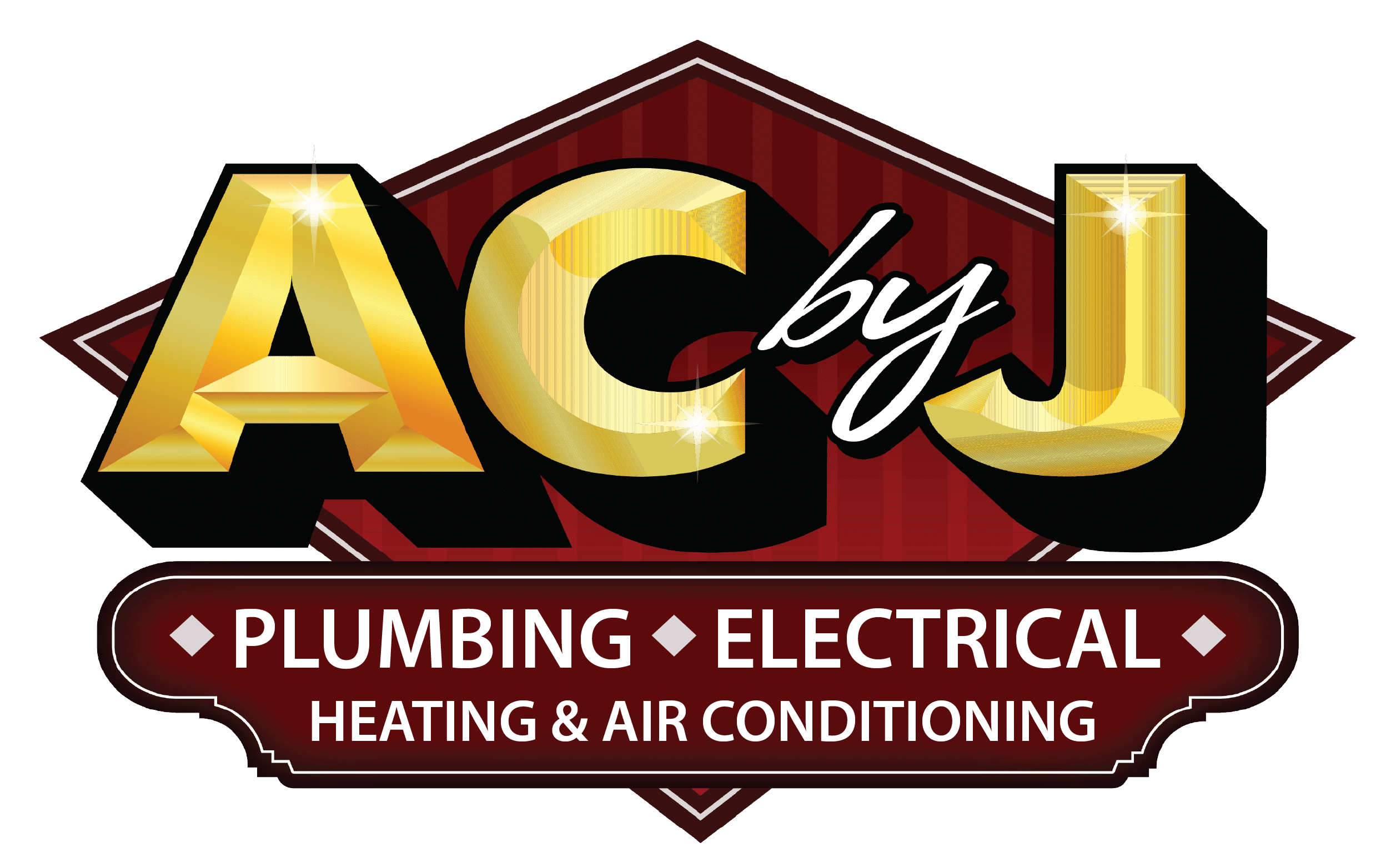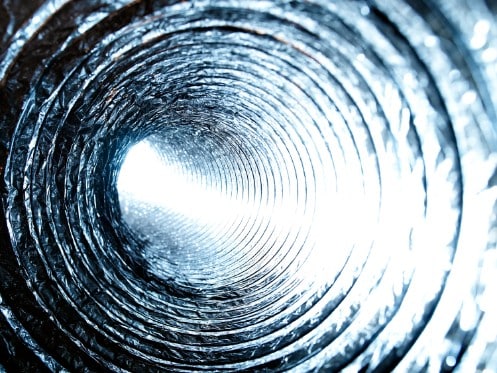Have you noticed droplets of water forming on your air conditioning ducts? If so, you may have a condensation problem. Not only is this unsightly, but it can also lead to more serious issues like microbial growth and accelerated deterioration of household structures.
How Is Condensation on AC Ducts Harmful?
Condensation forming on AC ducts is a situation many homeowners often overlook. It might seem minor, but it can lead to major problems if left untreated.
Health Risks
Condensation on AC ducts can allow mold and bacteria to grow. Microbial growth can cause respiratory issues such as coughing, wheezing, and sneezing. Bacteria can cause infections, skin irritations, and flu-like symptoms. Maintaining clean air ducts is essential to preventing the excess growth of these harmful organisms.
Increased Energy Bills
Condensation on AC ducts can also increase your energy bills. When moisture builds upon your ducts, it can create a barrier that makes it harder for air to flow through. This, in turn, causes your AC system to work harder to cool your home, leading to greater energy consumption. Over time, it can strain your HVAC system and increase your energy bills significantly.
Structural Damage
Another issue with condensation on AC ducts is that it can cause structural damage to your home. When moisture accumulates, it creates a breeding ground for termites, carpenter ants, and other insects that can harm your home’s framework. Additionally, if the moisture buildup is severe, it can lead to water damage, which can create microbial growth, wood rot, and other serious structural issues.
Odor Problems
Condensation on AC ducts can also cause unpleasant odors in your home. When mold and bacteria grow, they produce a foul smell that can spread throughout your residence. This can be particularly problematic if you have guests over, as the bad odor can be embarrassing and repellent. Maintaining clean and dry AC ducts is essential to preventing this issue.
Decreased Indoor Air Quality
Lastly, condensation on AC ducts can decrease the indoor air quality of your home. When bacteria, and other harmful particles accumulate on your ducts, they can get blown into your home’s air supply. This can cause respiratory problems, allergies, and other health issues. Maintaining clean AC ducts is crucial to ensuring your home’s indoor air quality is healthy and safe for you and your family.
How to Stop Condensation on Your AC Ducts
Since these problems are so significant, the situation should be avoided or corrected. Let’s discuss how you go about it.
Insulate the Ducts
Insulation helps keep hot or cold air indoors and reduces temperature transfer between the inside and outside of your home. It creates a beneficial thermal barrier between your comfortable interior and the elements outdoors. By insulating your AC ducts, you create a barrier that will keep the cool air inside your ductwork from mixing with the warm outside air, which would result in condensation.
There are many materials available for insulation. The best option for insulating AC ductwork is fiberglass. This material is lightweight and easy to work with. Fiberglass insulation batts are flexible but will not compress, so they are ideal for spaces that require a snug fit. Radiant barriers can also decrease heat transfer and keep your home cooler in summer. An experienced, professional HVAC technician can inspect your ductwork to ensure it is ready for insulation. They will then carefully install the insulation without damaging the ducts and ensure no leaks exist in the ductwork.
Increase Airflow
Dirty air filters can also significantly reduce airflow in your HVAC system. Change your air filters every three months to ensure proper airflow in your HVAC. Clogged filters will cause your HVAC to work harder, increasing energy bills and possibly damaging your system.
Closing vents in unused rooms may seem like a great way to save energy, but it can cause airflow problems in your ducts. This is because the air from the main unit will be forced to go through a narrowed portion of the duct system, causing more resistance and reducing airflow. Keep your vents open in all rooms, and adjust them accordingly.
For homes with long duct runs or poor layouts, a booster fan may help increase airflow. These fans help push air through the ducts, reducing the amount of resistance and thus increasing the volume moved. Many booster fans can be installed seamlessly into an existing duct system, making them a cost-effective solution.
Seal Any Leaks
Start by inspecting your ductwork to find any leaks. Using a flashlight is the most straightforward approach to identifying leaks in your ductwork. Inspect all the visible sections of the ductwork, looking for small breaches such as tiny holes, gaps, cracks, and spaces under the insulation. You can also reduce leaks in your ductwork by ensuring proper sealing around vents in each room. Usually, leaks occur at the points where your ductwork connects to the air handler, registers, and vents. Focus on those areas and identify whether there are any gaps.
Reach Out to Local Professionals
Don’t let condensation on your AC ducts ruin the comfort and quality of your home. By following these tips, you can help prevent moisture buildup, improve the efficiency of your HVAC system, and protect your health. Insulate your ducts, increase airflow, use a dehumidifier, schedule regular maintenance, and seal any leaks to keep your AC system running smoothly. Now, enjoy your cool and dry air without any worries!
If you need assistance with any of these tasks or you have specific concerns, call us at AC by J today for more information or to schedule an appointment.






